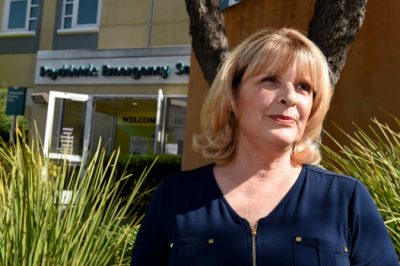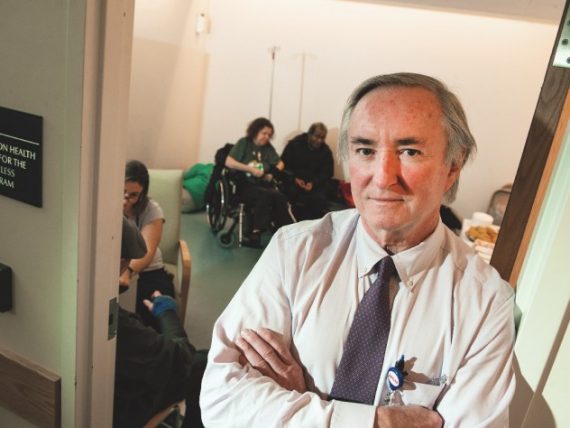
(7-10-18) This is the first of four blogs by parents with loved ones suffering from a serious mental illness. (SMI) These blogs were written after a consulting group held a telephone conference call with these parents at the request of the National Alliance on Mental Illness which is in the midst of developing a multi-year strategic plan. You can agree or disagree by commenting on my Facebook page.)
A Report From Teresa Pasquini About Her Attempt To Build Bridges At NAMI
In January of 2018, Pete kindly shared a letter with his readers that I wrote to him regarding my effort to build a bridge to NAMI for families like mine. In that letter, I committed to reassessing the petition that I had started in January of 2017. It was directed to the Executive Director of NAMI, Mary Giliberti, and the NAMI Board of Directors.
Today, I would like to update Pete’s readers and the petition signers about my recent efforts to build bridges, not walls, with NAMI.

Susan Tripp Pollard/Bay Area News Group)
In April 2018, I contacted NAMI CEO Giliberti and Jessica Cruz, Executive Director of NAMI California, where I live, to express my desire to create a space for open dialog with NAMI leadership and the families of those living with serious mental illnesses. I specifically asked both to consider establishing a Families of Adult SMI Advisory Council.
It was a reasonable request since NAMI has a process for establishing the current councils that advise each of their boards.






